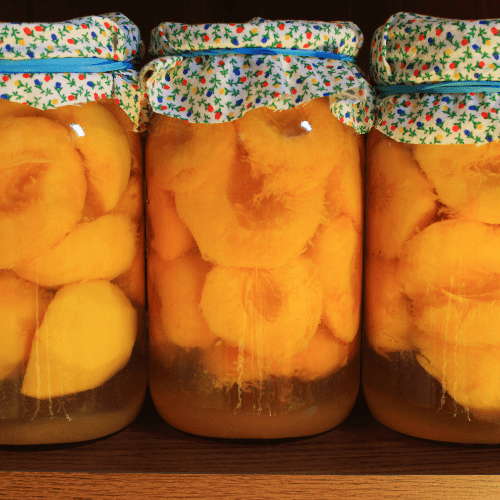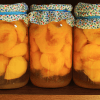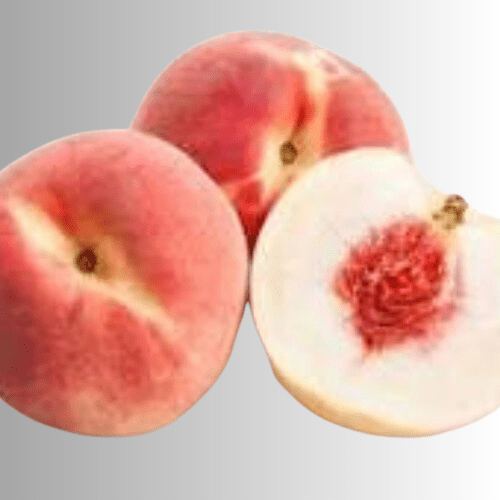Position
Full sun; although they can tolerate some shade, they will yield more fruit the more sun they receive and grow more vigorously. They are really easy to grow.
Please note: Peach trees require colder climates and do not do well in warm winter climates.
Size
Peach trees can grow to about 8-10 metres tall. Plan the site before planting, keeping the tree away from external walls, electrical lines, and other trees. Plant in a protected area if possible, as strong winds can damage branches and leaves.
Soil Type
Prepare the soil by removing weeds, rocks, and debris. Incorporate organic matter, such as compost or well-rotted manure, to improve soil fertility and drainage.
Mulch
Use from 2 to 5 centimetres of pine bark mulch to protect the roots from UV damage and drying out. It retains moisture, and maintains an optimal pH. Do not let the mulch touch the plant stem, as it may cause infection or rot.
Watering
Water every second day after transplanting for about a week; thereafter, reduce to twice a week in dry or hot weather for the next 2-3 months. Regular irrigation ensures the trees receive adequate moisture, especially during dry periods. Avoid overwatering, as excessively wet soil can lead to root rot.
Pruning
Prune peach trees during the dormant season (late winter or early spring) to remove dead, damaged, or diseased branches. Also, thin out crowded branches to improve airflow and sunlight penetration, which helps reduce the risk of fungal diseases.
Fertilising
Fertilising
Apply our slow-release all-plant fertiliser. Apply 1 teaspoon every 4-5 months. The roots will absorb what they need.
Alternatively, apply a balanced fertiliser (such as 10-10-10) in early spring before new growth begins. Thereafter fertilise annually in early spring.
Pest and Disease Control
Monitor the tree regularly for common peach tree pests such as aphids, peach tree borers, and fruit flies. Use organic pest control methods; EM Control is a reasonable and efficient option. Implement proper sanitation practices, such as removing fallen leaves and fruit, to reduce the risk of diseases like peach leaf curl or brown rot.
Peach trees need regular spraying before the onset of fruit and immediately after buds turn to small fruit. Continue organic spraying regularly for good-quality peaches.
Thinning Fruit
Thin fruit in early summer when they are small, to promote larger, healthier fruit and prevent branch breakage due to excessive weight.
Harvesting
Kakamas peaches are harvested when they are fully ripe and have developed their characteristic sweet taste and vibrant colors. Gently twist or lift the fruit to detach it from the branch. Handle the peaches with care to avoid bruising or damaging them.
Post-Harvest Care
Store harvested peaches in a cool, well-ventilated area to maintain quality. Use or process them promptly to make the most of their fresh flavour.






